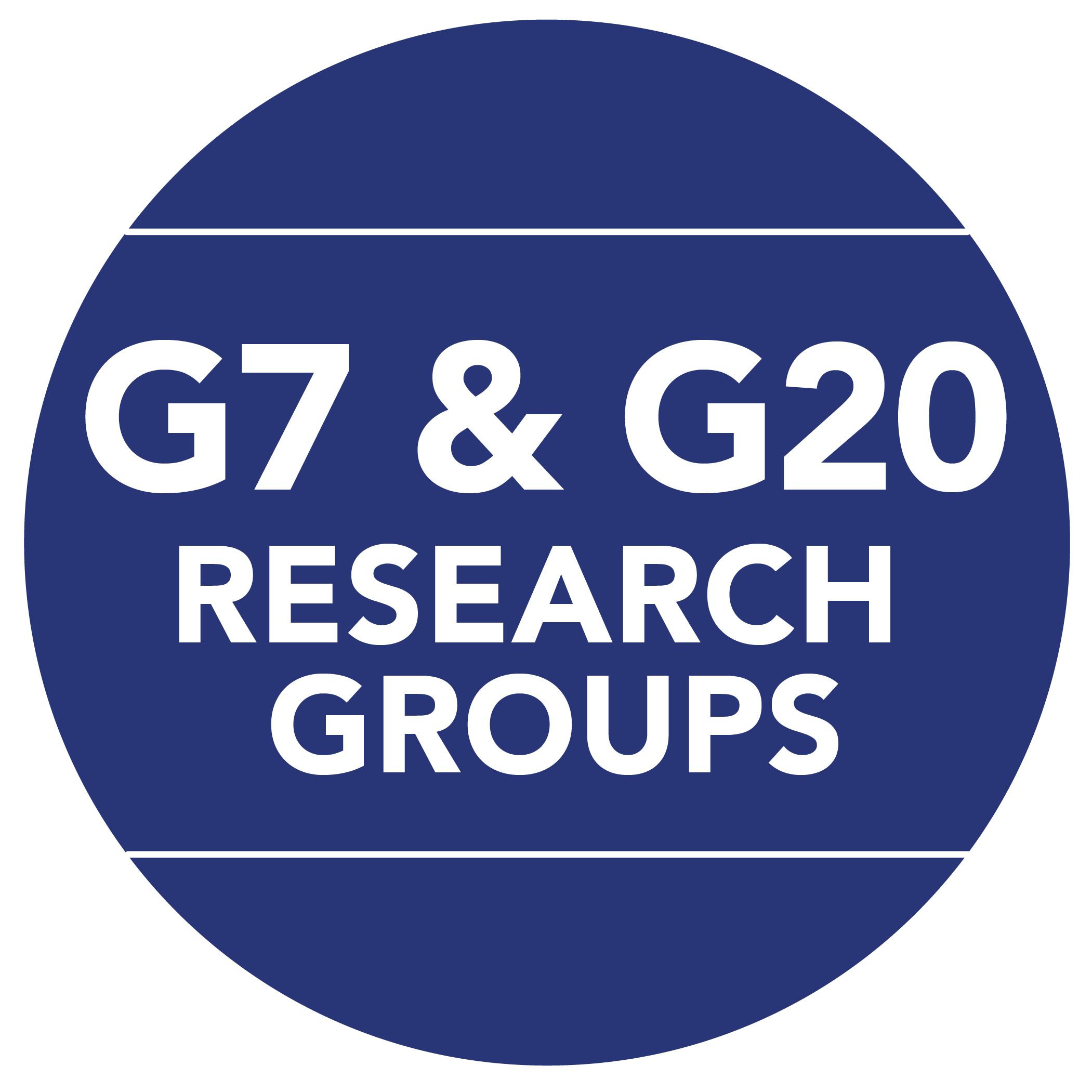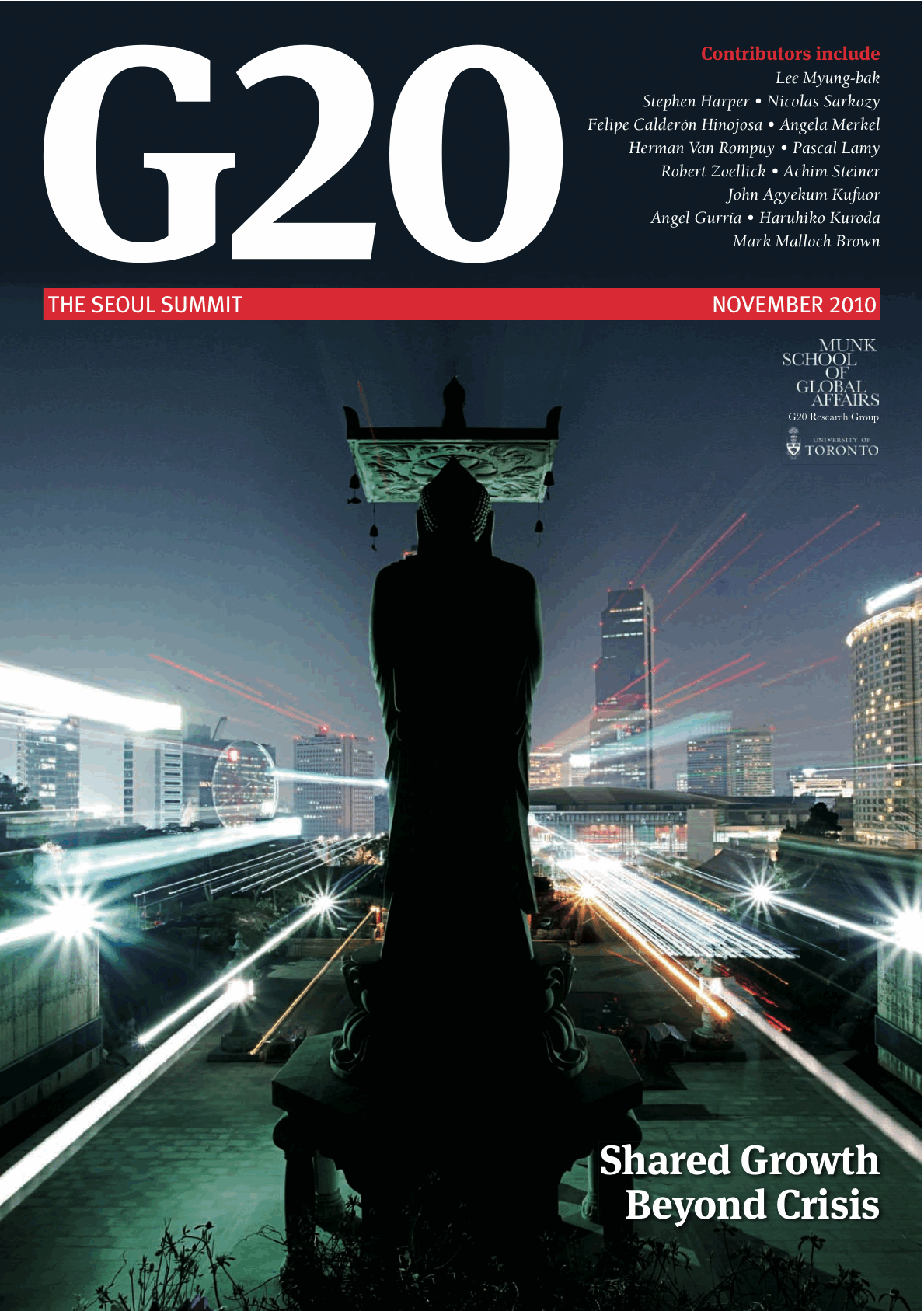

 |
 |
|

Trade for growth, jobs and development
By Pascal Lamy, director general, World Trade Organization
The Doha Development Agenda must be concluded as soon as possible in order to ensure continued global growth, especially for developing countries
To download a low-resolution pdf, click here. (Be patient! It's 50 MB.)
The best contribution the G20 summit in Seoul can give to global growth and development is to send an urgent signal that its members are ready to push the Doha Development Agenda into the endgame. The clear-cut connection between trade and growth is why the developing countries are the ones most adamant about concluding the Doha Development Agenda as soon as possible. It is also not surprising that international trade — and by extension the work of the World Trade Organization (WTO) — features prominently in the Millennium Development Goals (MDGs). The international community recognises trade is an important engine of growth, jobs and development. Indeed, it is a fact that the regions where most progress has been made in eradicating poverty are those that trade most. There is a direct correlation between integration into the multilateral trading system and economic growth, between growth and poverty reduction. One does not have to look far for a very good example of how trade can help growth and development, and dramatically improve the daily life of the people. The Korean host — the first developing country to host the G20 Summit — is vibrant proof of that.
Trade in goods and services now makes up to 90 per cent of the Korea’s gross domestic product (GDP). Korean per capita GDP is now approaching the $30,000 level, from just $100 in early 1960s.
This spectacular growth — or the ‘Miracle on the Han River’, as Koreans have come to called it — has become a model and a goal for many aspiring developing countries. Korea is not an isolated example of the benefits of integrating into the world trading system. China is another, as well as Vietnam, a newcomer to the WTO.
Around 80 per cent of the Doha round is already on the table. The G20 must move for the resolution of the remaining issues.
Agriculture products make up only 6 per cent of world trade, but developing countries account for half of this total. Their share of agriculture exports has been rising but they continue to be disadvantaged by high tariff barriers and competition from highly subsidised producers.
The potential of agriculture in developing countries would be realised in the establishment of a fair and market-oriented trading system resulting from the Doha round.
The negotiations on industrial products are also important to developing countries, since they represent around 94 per cent of their merchandise exports. For them, the completion of the Doha round will result not only in improved North-South trade, but also in expanded South-South trade because trade barriers on industrial goods will come down around the world.
Services is the leading economic sector in almost all countries, regardless of their level of development. This sector accounted for 69 per cent of world GDP in 2008.
Services such as telecommunications, banking, construction and transport perform infrastructural roles that can underpin national growth and development. In the negotiations, many developing countries have expressed interest in professional services, computer and related services, construction services, tourism services and transport services. Tearing down barriers to international services would be win-win game for all WTO members.
Gains will also come from streamlining customs procedures under the agreement on trade facilitation. According to estimations by the World Bank, every dollar spent on trade regulatory reform can generate up to $700 of increased trade. There will also be development gains from disciplines curbing fishery subsidies, which contribute to over-fishing and deplete the world’s oceans. There is also a program at hand with the reduction of obstacles to trade in environmental goods and services.
In sum, this represents a large stimulus package, which could contribute to the recovery of the world economy.
It is true that if you give a man a fish you feed him for a day, but teach him how to fish and you feed him for a lifetime.
The ‘fishing rod’ that the WTO gives to developing countries is Aid for Trade, in partnership with other The trade rules have managed to contain protectionism during the financial crisis, and have kept markets open, especially for the developing countries international organisations and regional banks.
The Aid for Trade initiative, launched at the 2005 Hong Kong WTO ministerial conference, helps poor countries develop their productive capacities and participate effectively in international trade. It is about building ports and roads, upgrading marketing skills and learning food standards.
Progress since Hong Kong has been noteworthy. Since 2005, there has been a turnabout in development financing for trade. Flows have increased year on year and in 2008 reached $42 billion.
Another initiative by the WTO and international agencies — the Enhanced Integrated Framework — is Aid for Trade for least developed countries (LDCs). It helps the poorest countries identify their trade bottlenecks, gets participating agencies to use their areas of expertise to respond to the pressing needs of LDCs and helps drive donor support to fund the various projects identified.
In July 2011, the WTO will host the Third Global Review of Aid for Trade, which will focus on evaluating more closely the impact of the programme on the ground and get concrete ideas for improvement.
The system of the General Agreement on Tariffs and Trade and the WTO replaced the rule of the jungle in international trade. The trade rules have managed to contain protectionism during the financial crisis, and have kept markets open, especially for the developing countries — the ones most vulnerable to trade restrictions.
But the current trade rules were made 17 years ago, and are creaking. When the Doha round is concluded, the multilateral trading system will be more open — particularly for developing countries’ exports — and will have a strengthened rule-making structure that will make it more balanced, especially toward developing country interests and concerns.
The round would help developing countries in their quest for the achievement of the MDGs, in particular the fight to reduce poverty. It would continue to provide a fiscally sound growth engine for all countries.
The package is there for the taking.
|
This Information System is provided by the University of Toronto Library |
All contents copyright © 2024. University of Toronto unless otherwise stated. All rights reserved.